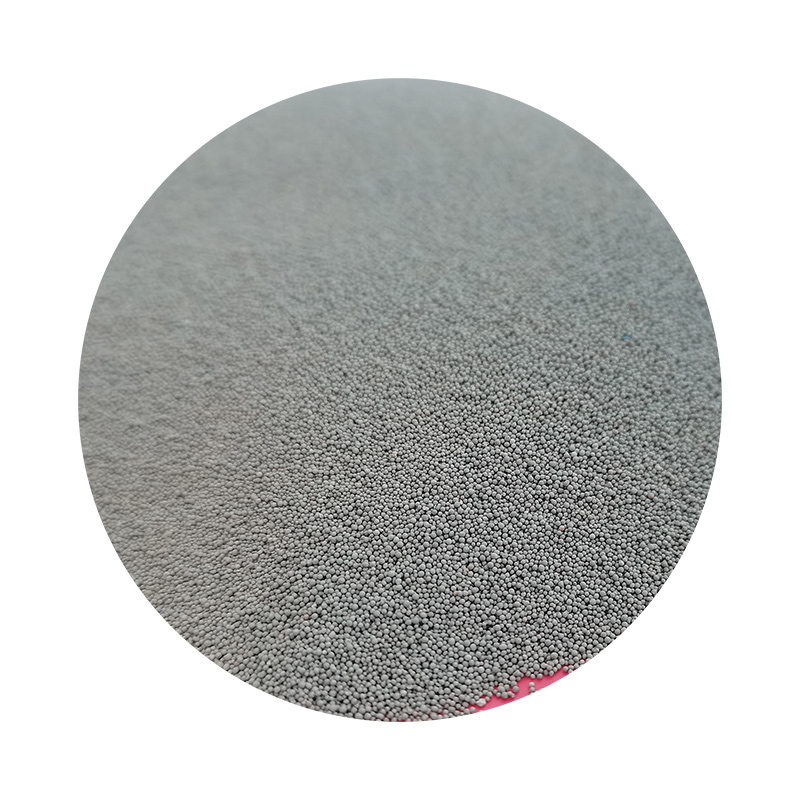Hydro Super Sand Innovations in Hydrophobic Sand Technology
In recent years, the pursuit of environmental sustainability has given rise to fascinating innovations in various fields, one of which is hydro super sand. This advanced material, marked by its remarkable hydrophobic properties, is designed to repel water and enhance various applications in construction, agriculture, and environmental conservation.
Hydro super sand is fundamentally a specially treated type of sand that exhibits a water-repelling characteristic, making it an extremely efficient material for various uses. Its origins can be traced back to the need for sustainable building materials and effective solutions to control water in agricultural practices. Traditional sand, when exposed to water, tends to clump and lose its structural integrity, making it less effective in certain applications. Hydro super sand, on the other hand, remains loose and flowable even in wet conditions, thus improving its usability in a variety of scenarios.
One of the most significant implications of using hydro super sand is in the construction industry. As urban areas continue to expand, traditional paving methods often lead to problems like flooding and drainage issues due to the inability of surfaces to absorb water. Hydro super sand can be used in permeable paving systems, allowing rainwater to flow through while preventing flooding. This enhances groundwater recharge and reduces surface runoff, which is crucial for sustainable urban planning. Additionally, it minimizes the risk of erosion and sedimentation, thereby protecting water quality in surrounding areas.
hydro super sand

In agriculture, hydro super sand is proving to be a game-changer in managing soil water content. Farmers face challenges related to water management, especially in arid regions where irrigation may be limited. By incorporating hydro super sand into their soil profiles, farmers can improve drainage while simultaneously enhancing the soil's ability to retain moisture. This not only supports plant growth but also reduces water consumption, making agricultural practices more sustainable in the long run.
Environmental conservation is another area where hydro super sand shows immense potential. Coastal regions suffering from erosion can benefit from using this material to create protective barriers that repel water and protect shorelines. In addition, it can be utilized in the restoration of wetlands, where assistance in moisture retention can help revive ecosystems and enhance biodiversity.
The production process of hydro super sand involves applying a treatment to natural sand, imparting these hydrophobic properties. This treatment often uses non-toxic, environmentally friendly chemicals that do not negatively impact the surrounding ecosystem. As a result, hydro super sand not only promotes innovative practices in various industries but also aligns with the global move towards eco-friendly materials.
In conclusion, hydro super sand illustrates the immense potential of modern materials science to address pressing environmental issues. Its hydrophobic properties make it an invaluable asset across multiple sectors, including construction, agriculture, and conservation. As we continue to seek sustainable solutions to the challenges posed by climate change and urbanization, innovations like hydro super sand are paving the way towards a more resilient and eco-friendly future.
Post time:نوامبر . 02, 2024 03:58
Next:sand casting supplier
